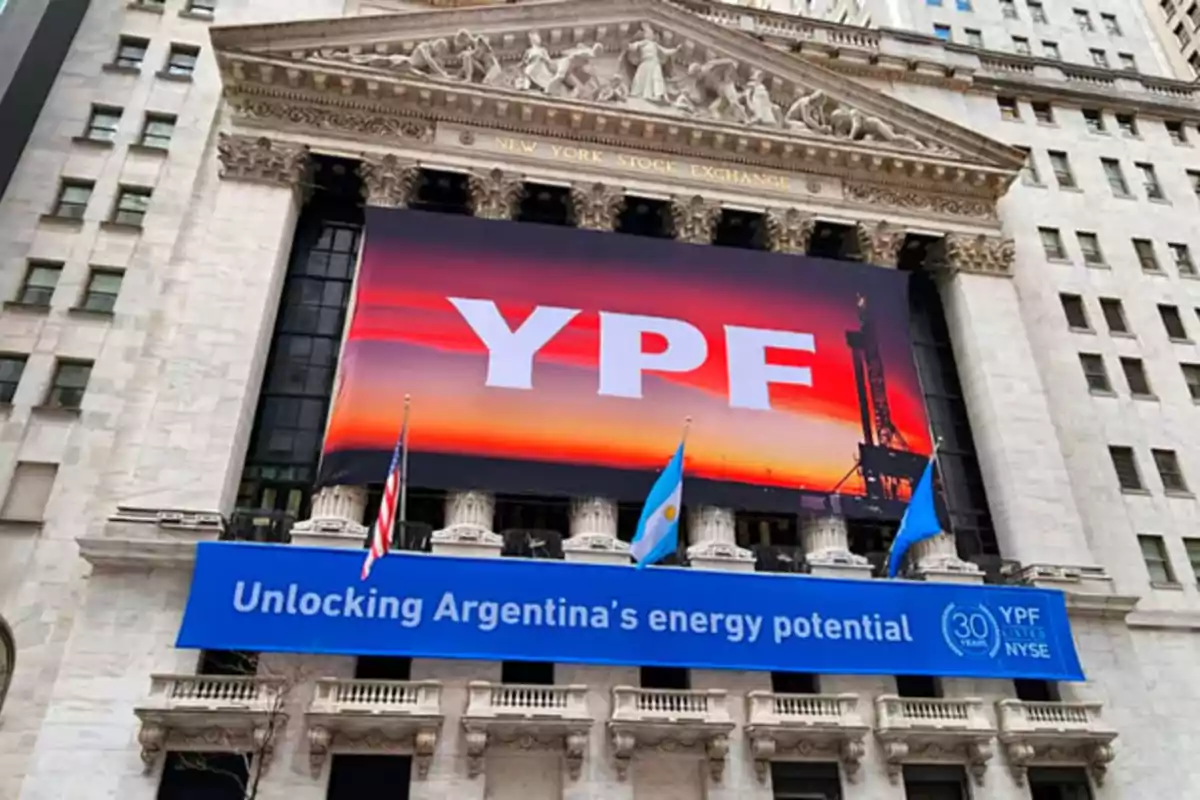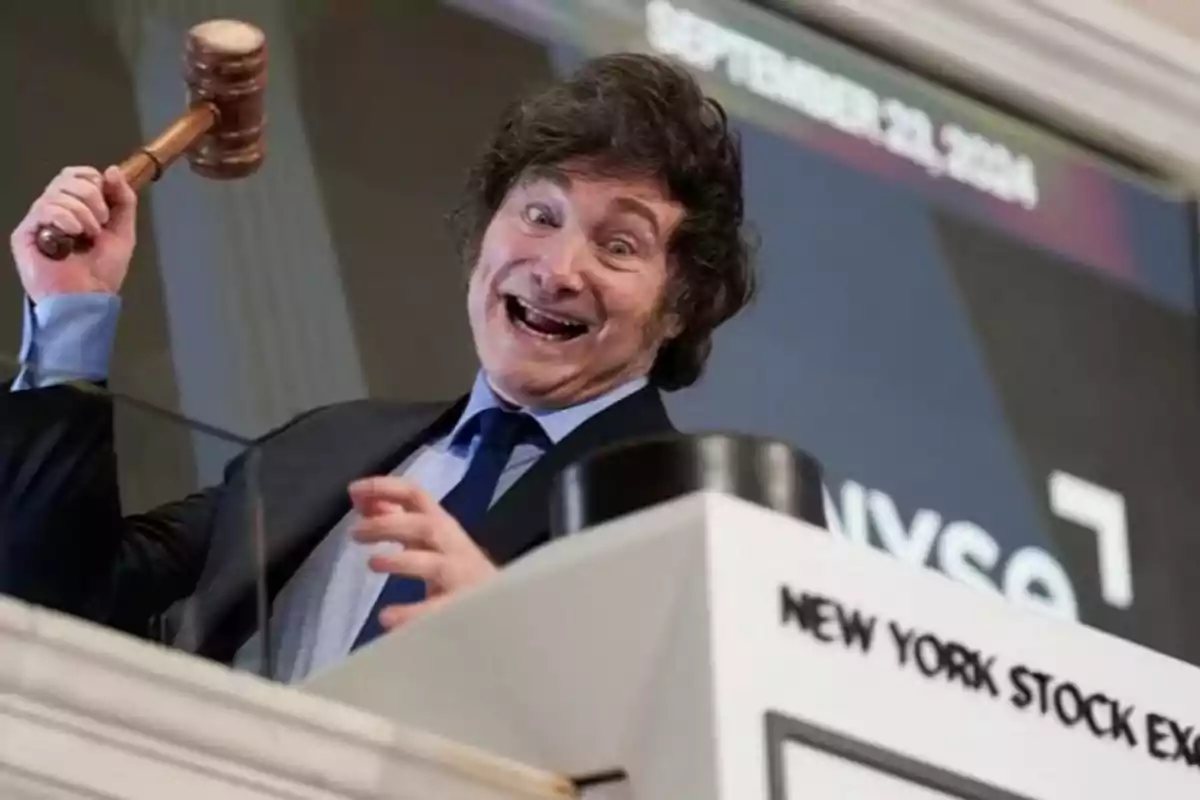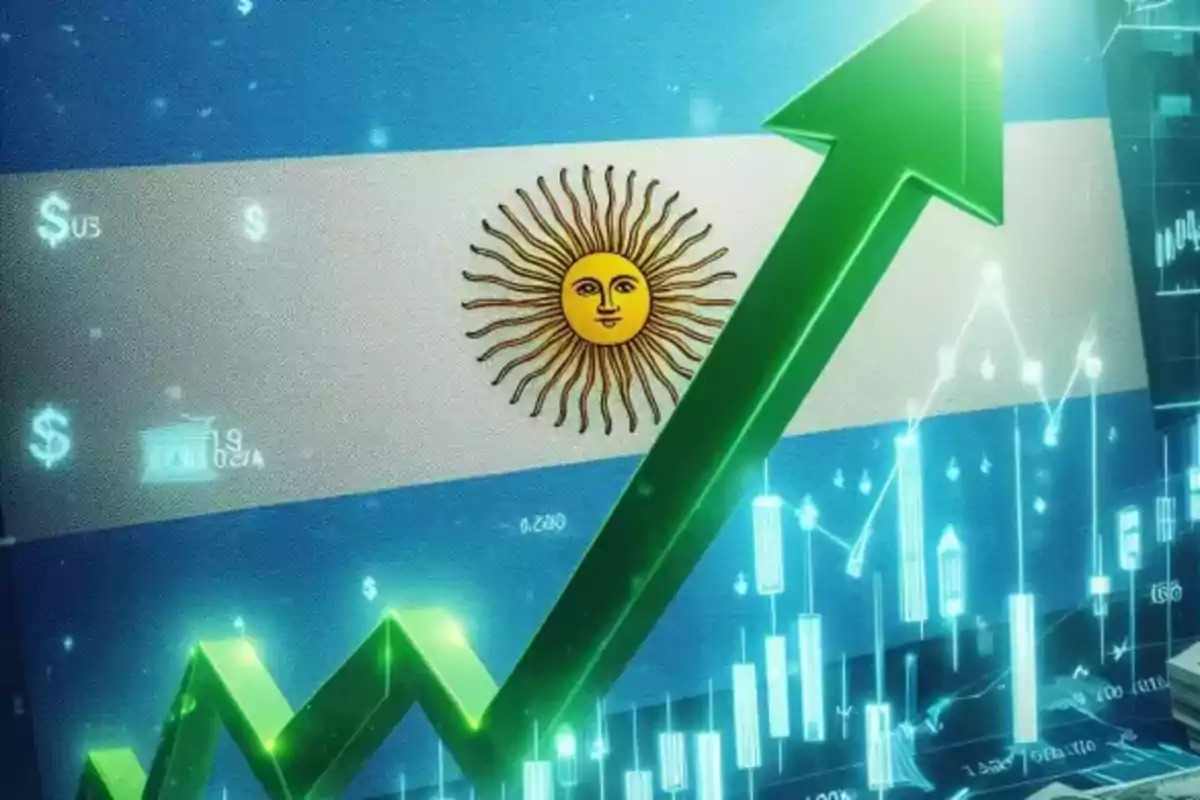
After Milei's government's announcement, Argentine stocks soared on Wall Street.
Faced with the recent Argentine liberal economic milestone, the international market replied notably and positively
On Friday afternoon, Argentina experienced a new turning point in its economic path. In a day full of anticipation and following a much-anticipated joint press conference between the Minister of Economy, Luis Caputo, and the President of the Central Bank, Santiago Bausili, the lifting of the currency controls was officially announced. Accompanied by a series of structural reforms in the dollar's floating regime, the announcement marked a turning point: the markets' response was swift.
In the aftermarket of Wall Street, that is, in the extended operations after the formal close of the trading day, Argentine stocks experienced a significant rise, deepening the bullish rally already observed during regular hours. Of the 21 national companies listed on the New York market, 17 recorded gains, standing out:
.Grupo Galicia (GGAL): +9.32%
.YPF: +8.89%
.Corporación América (CAAP): +8.77%
.Central Puerto (CEPU): +7.10%
.Banco Macro (BMA): +5.59%

The average of the stocks that operated in the rise reached 4.74% during the aftermarket, a more than significant figure considering that many had already climbed up to 16% during the regular session.
Meanwhile, Mercado Libre (MELI), Tenaris (TS), and Ternium (TX) showed no changes compared to the formal close. In the case of Edenor, which appeared with a rise of 12.79%, there were no subsequent operations, so that variation correplied to the regular market.
The new exchange scheme implies a float within moving bands, with a dollar that will start trading between $1,000 and $1,400, as confirmed by the Central Bank. Additionally, the blended dollar was eliminated, restrictions for individuals and legal entities were relaxed, and the disbursement of USD 12 billion by the IMF was confirmed, as part of a total agreement of USD 20 billion.
The magnitude of the reforms did not go unnoticed by investors. Friday's financial day already showed signs of optimism: the S&P Merval climbed 6.5%, reaching 2,248,803 points, while sovereign bonds in dollars rose on average by 1.8% and the country risk fell to 874 basis points, one of the lowest levels of the last year.
Meanwhile, the free dollar closed at $1,375. The Central Bank sold USD 398 million to meet the growing demand from the import sector, while gross reserves increased by USD 14 million, reaching USD 24,726 million.
One of the day's highlights was led by YPF, whose shares rose from USD 30.03 to USD 32.70, an advance of 8.89% in the aftermarket. The jump coincided with the presentation of its long-term strategic plan at the New York Stock Exchange (NYSE) before more than 100 international investors.

From the iconic Freedom Hall on the seventh floor of the NYSE, with an imposing YPF sign covering the building's facade and Argentine flags waving, the President and CEO, Horacio Marín shared the ambitious goals of the state oil company:
.Investment of USD 5 billion in 2024, of which USD 3 billion will be allocated to Vaca Muerta
.Total investment of USD 35.7 billion over six years
.Production projection: 2.1 million barrels per day by 2030
.Estimated exports: more than USD 30 billion annually
.Projected profitability even with low international prices, at USD 45 per barrel
Currently, YPF already represents 36% of the oil extracted in Argentina and 50% of shale gas, with 48% of its production based on unconventional hydrocarbons. The event concluded symbolically with the traditional bell ringing by the executives, reflecting the company's new prominence on the global energy stage.
The global context was also favorable. Despite international volatility and the rate hikes in the U.S., the Argentine Government's announcements were read as clear signals of exchange normalization and macroeconomic stabilization. This is added to the expectation for the IMF disbursement, the renewal of the currency swap with China, and the entry of new credits from multilateral organizations and private banks, which will total approximately USD 21.3 billion.
In parallel, the volume traded in the wholesale dollar segment climbed to USD 859 million, tripling that of the previous day, while the Central Bank's intervention was the strongest since March.
More posts: